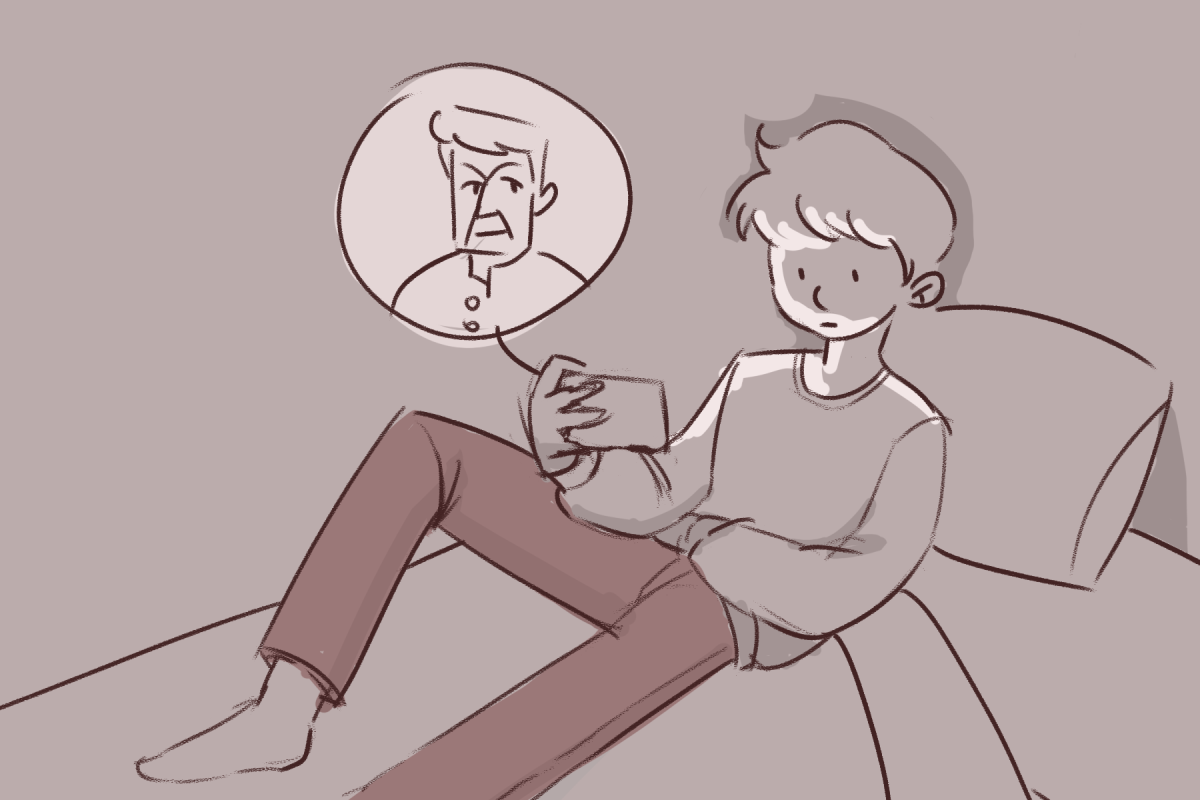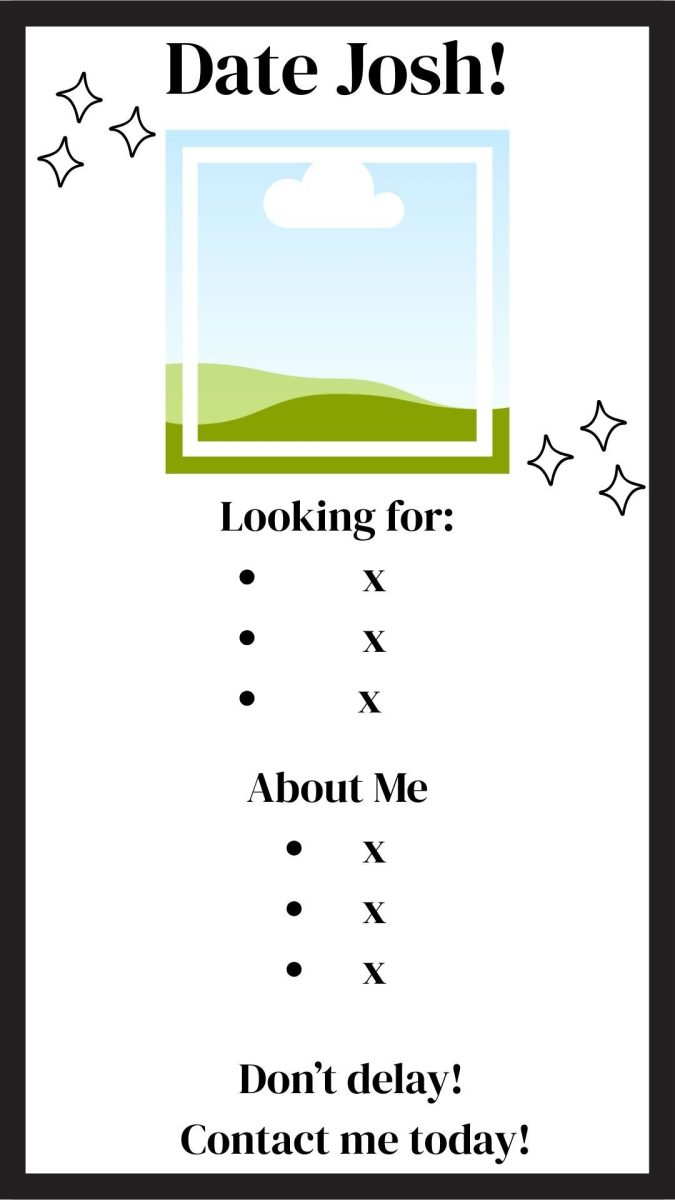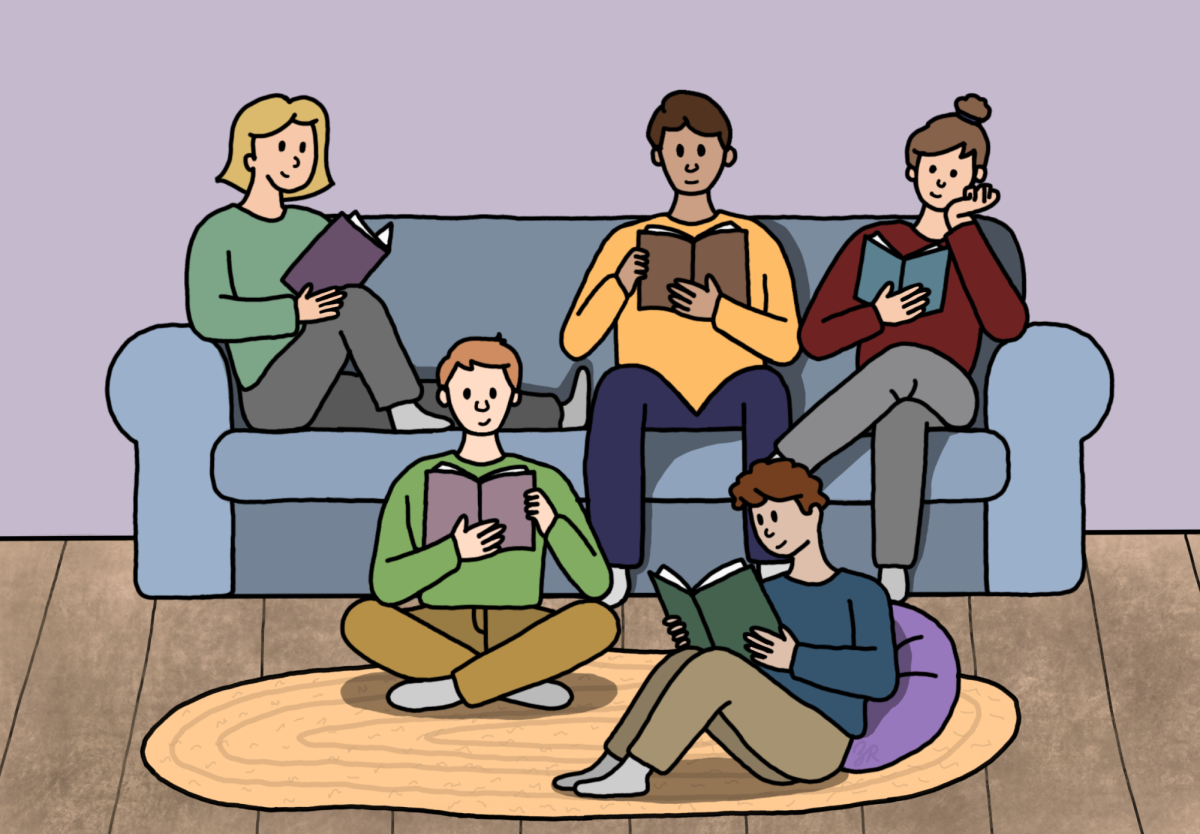The year was 2011.
I was fresh off the plane, a day removed from my home country of Malaysia and placed in a land as far and wide as my eyes could see. We had a television in our rental apartment. I picked up the remote, shuffled through the channels and landed on the Food Network.
In Malaysia, food is king — everything you do is surrounded by food. The cuisine that encompasses Malaysia represents the melting pot of all the different cultures that blend with one another. It was inevitable that I would’ve been drawn to this channel.
My ignorant 7-year-old self thought Texas was all tumbleweeds and cowboy hats, so when I first gazed upon Ree Drummond on television, I was hooked.
Making classic American comfort dishes on her show “The Pioneer Woman,” such as blackberry cobbler, cinnamon rolls and chicken fried steak, the cuisine was fascinating for my Malaysian eyes. I grew up eating Asian and Indian foods, never having been exposed to food like this.
“I was in America, this is what America looked like,” I told myself as I watched.
Fast forward a few years, and I’m still watching these cooking series. While kids in the fifth grade stole the remote to watch Nicki Minaj’s “Anaconda” music video, I was using it to watch the Food Network.
From “Chopped” and “Hell’s Kitchen” to Rachael Ray and “Diners, Drive-Ins and Dives,” learning and studying the techniques of various chefs allowed my interest in cooking to grow. It honestly gave me the confidence to cook and bake for my family and friends.
Now, as I’ve grown older and had less time for myself, keeping up with these programs has become secondary. But I still try to watch an episode or two once in a while to keep myself updated.
What I’ve begun to notice, however, is a broad societal removal of interest from cooking television as a whole. But what have they been replaced with?
TikTok, Instagram Reels and YouTube Shorts.
I’ve engineered the algorithm on my YouTube Shorts to feed me videos on food and cooking. Channels like “wokgod,” “oldscoolkevmo” and “IanKyo” show us quick but excellent recipes that explain how to make each dish in a fraction of the time that Rachael Ray and Ree Drummond did.
Others, like “EatingWithRobert,” “POV_Husband” and “PhatVick,” give us a more unique angle, showcasing different restaurants or cuisines we aren’t accustomed to seeing — again, much faster than the likes of “Diners, Drive-Ins and Dives” does.
There are many reasons why this shift has happened. Audiences currently value the apps on their phones over the channels on their televisions. This is because of easy accessibility: Why would I sit down and watch a show when I have something similar and easier to access in the palm of my hand?
The availability of the viewer is also a big factor. If you had the choice to sit for 30 minutes to get a recipe or look at a minute-long video on YouTube, which would you choose? I would guess the latter.
But, I think the greatest reason for this shift is the want for food only, not unnecessary drama.
Cooking shows used to be about the food only. Yes, the personality of Ree Drummond sprinkled around “The Pioneer Woman” was what kept people tuning in, but seeing food being made was the important thing, not the people.
Now, the opposite has become more valuable for the producers of the cooking side of television.
Take “Hell’s Kitchen”: In a recent episode, Druski, a famous internet comedian and personality, was seen competing against the other chefs.
What the hell does Druski know about cooking? And what business does he have competing against much more accomplished individuals in the food industry? It doesn’t matter that his food was liked by Gordon Ramsay, it’s clear that shows like these have strayed away from people actually learning how to cook and has put importance on the craze to “stay relevant.”
To producers of cooking shows: This isn’t what your audience wants.
“EatingWithRobert,” a YouTube channel with over 500,000 subscribers, makes a very simple yet engaging style of content. No drama, just plain, simple and quick features of chefs and the food they make.
This method works because it’s straight to the point and efficiently gives us what we want. People realized that you don’t need over 30 minutes to show a recipe or restaurant. A minute or two may suffice for the former and 10-15 minutes can help feature the latter, like how Bon Appetit does in their “On The Line” series.
Have these shorter videos completely taken over? No, we still see shows like “Masterchef” on air. Eventually, however, this type of content will overtake television if we don’t do something about it.
The end times for these shows are upon us. Will this be for the better? That’s for you to decide. Producers of these shows have to realize consumers don’t want this content they’re pushing.
Align your content with the expectations and wants of the consumer; that’s the only way to keep your dying business alive before it gets replaced and ultimately forgotten.
Joshua Abraham is a kinesiology junior and opinion writer for The Battalion.










